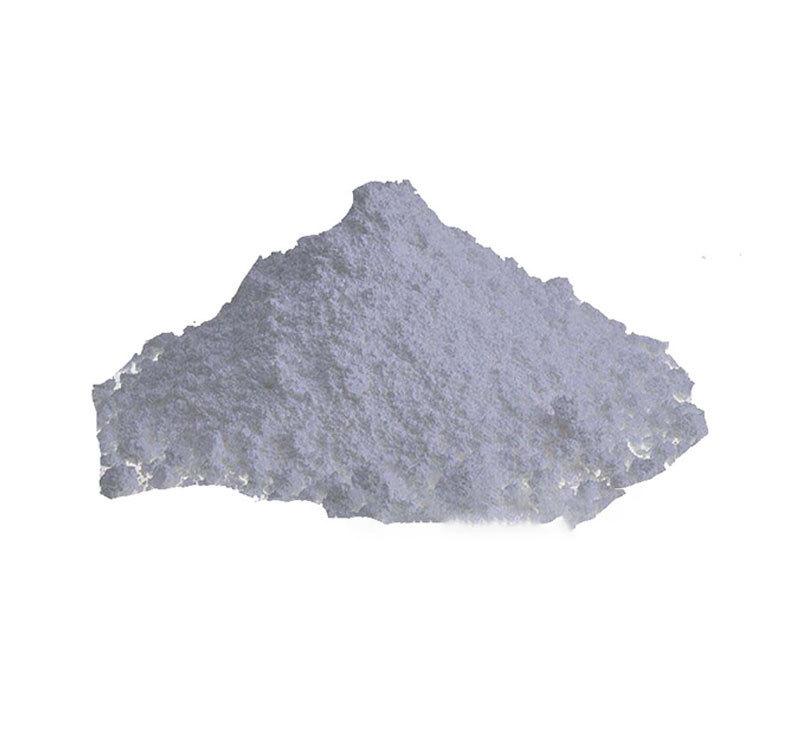White carbon black, chemically speaking, is a general term for white powdery X-ray amorphous silica and silicate products. It covers a wide range, mainly including precipitated silica, fumed silica and ultra-fine silica gel, and even includes powder like synthetic aluminum silicate and calcium silicate.

From the composition perspective, white carbon black can be represented by SiO2 and NH2O, where NH2O exists in the form of surface hydroxyl groups, which endows white carbon black with some unique chemical activities. Under normal conditions, gas-phase white carbon black appears as white amorphous flocculent semi transparent solid gel like nanoparticles with a particle size of less than 100nm. It is not only non-toxic, but also has a huge specific surface area. It is worth mentioning that gas-phase white carbon black is entirely composed of nano silica, with a purity of up to 99% and a particle size of 10-20nm. However, its preparation process is extremely complex, resulting in a relatively expensive price. Precipitation method white carbon black can be further divided into traditional precipitation method white carbon black and special precipitation method white carbon black. The traditional precipitation method for producing white carbon black is based on the production of silicon dioxide using sulfuric acid, hydrochloric acid, CO2, and water glass as the basic raw materials; Special precipitation silica is silica prepared by special methods such as high gravity technology, sol gel method, chemical crystal method, secondary crystallization method or reverse micelle micro lotion method. The differences in microstructure and properties of white carbon black obtained by different preparation methods also determine their different application directions.
http://https://www.siliconeoil.cn/
